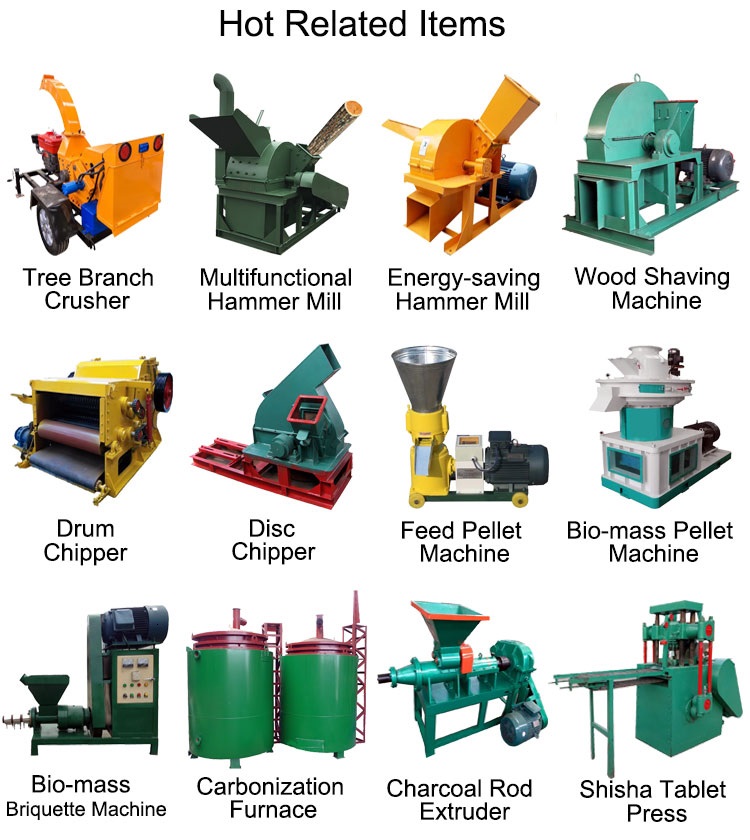cage system poultry
Dec . 26, 2024 06:35 Back to list
cage system poultry
The Cage System in Poultry Farming An Overview
Poultry farming has been a significant component of agricultural practices worldwide, providing a vital source of protein through eggs and meat. One of the predominant systems used in poultry farming is the cage system, which has been widely adopted for egg production, particularly in the commercial context. This article explores the cage system, its advantages, disadvantages, and the ethical considerations surrounding its use.
Understanding the Cage System
The cage system involves housing hens in individual or small groups of cages, which are often arranged in tiers within large poultry houses. There are primarily two types of cage systems battery cages and enriched cages. Battery cages are more traditional and are characterized by their small size, often providing limited space for the hens. In contrast, enriched cages offer more room and include features such as perches, nests, and dust bathing areas, allowing birds to engage in more natural behaviors.
Advantages of the Cage System
One of the primary advantages of the cage system is the efficiency it offers in terms of space utilization and production. By housing hens in cages, farmers can maximize the number of birds raised within a given area, leading to higher egg output. This system also facilitates easier management of flocks, as it simplifies feeding, watering, and monitoring the health of birds. Furthermore, the enclosed environment of cages can help reduce the risk of certain diseases, as the close quarters limit the spread of pathogens among the flock.
From a economic standpoint, the cage system allows for cost-effective production due to reduced labor requirements. When hens are housed in cages, they are less likely to engage in behaviors that could lead to injuries or stress, ultimately contributing to a more stable production cycle. In regions where demand for poultry products is high, the cage system has been instrumental in meeting consumer needs promptly.
Disadvantages of the Cage System
cage system poultry

Despite its advantages, the cage system is not without significant drawbacks. One of the main criticisms relates to animal welfare. The confinement of hens in small cages often prevents them from expressing natural behaviors, such as foraging, nesting, or socializing. Animal welfare advocates argue that such confinement can lead to psychological stress and physical health issues in hens, including osteoporosis and feather pecking.
Moreover, the cage system has been associated with public health concerns. In high-density conditions, the risk of disease outbreaks can be exacerbated, potentially leading to the rapid spread of infections that may not only affect the birds but could also pose health risks to humans. Additionally, the environmental impact of concentrated waste from large poultry operations has raised concerns about pollution and its effects on local ecosystems.
Ethical Considerations and the Future
The ethical debate surrounding the cage system has intensified over the years, leading to significant changes in legislation and consumer preferences. Many countries and regions have begun implementing bans or restrictions on the use of battery cages, encouraging the adoption of more humane practices. As a result, the transition to enriched cages and cage-free systems is gaining momentum, reflecting a shift in consumer demand for ethically produced eggs.
Consumers are increasingly aware of the conditions under which their food is produced, leading to a rise in demand for organic and free-range products. This shift is prompting many poultry producers to reconsider their farming practices and invest in alternatives that prioritize animal welfare while still maintaining productivity.
Conclusion
The cage system in poultry farming presents a complex interplay of efficiency, economic viability, and ethical considerations. While it has contributed significantly to the industry, meeting the demands of a growing population, the movement toward more humane treatment of animals reflects changing societal values. As awareness of animal welfare continues to grow, it is essential for the poultry industry to adapt and evolve, balancing productivity with the responsibility of caring for the animals that play a crucial role in our food systems. The future of poultry farming will likely be shaped by a combination of scientific innovation, ethical considerations, and consumer choices, paving the way for more sustainable and humane practices in the industry.
-
Hot Sale 24 & 18 Door Rabbit Cages - Premium Breeding Solutions
NewsJul.25,2025
-
Automatic Feeding Line System Pan Feeder Nipple Drinker - Anping County Yize Metal Products Co., Ltd.
NewsJul.21,2025
-
Automatic Feeding Line System Pan Feeder Nipple Drinker - Anping County Yize Metal Products Co., Ltd.
NewsJul.21,2025
-
Automatic Feeding Line System - Anping Yize | Precision & Nipple
NewsJul.21,2025
-
Automatic Feeding Line System - Anping Yize | Precision & Nipple
NewsJul.21,2025
-
Automatic Feeding Line System-Anping County Yize Metal Products Co., Ltd.|Efficient Feed Distribution&Customized Animal Farming Solutions
NewsJul.21,2025






